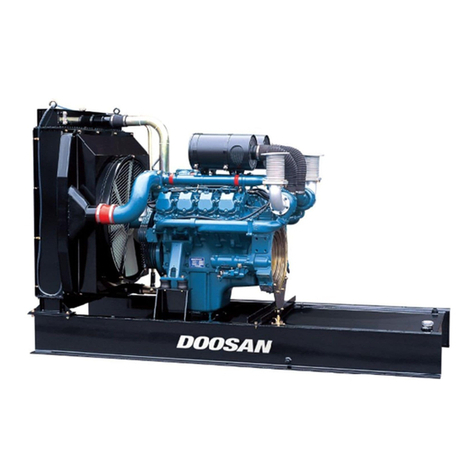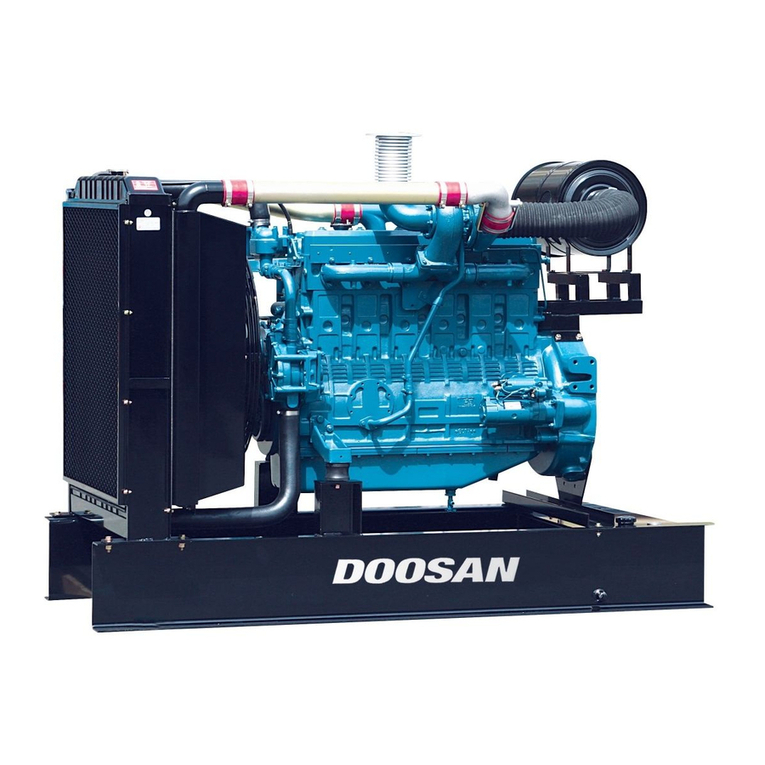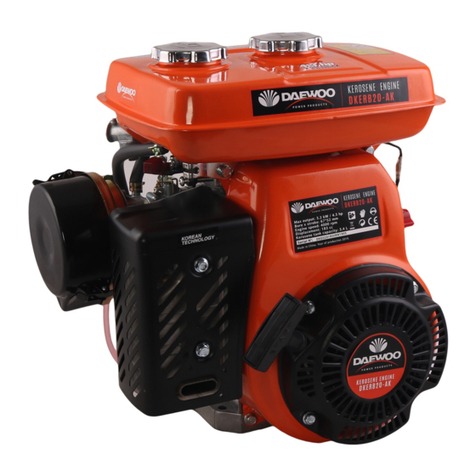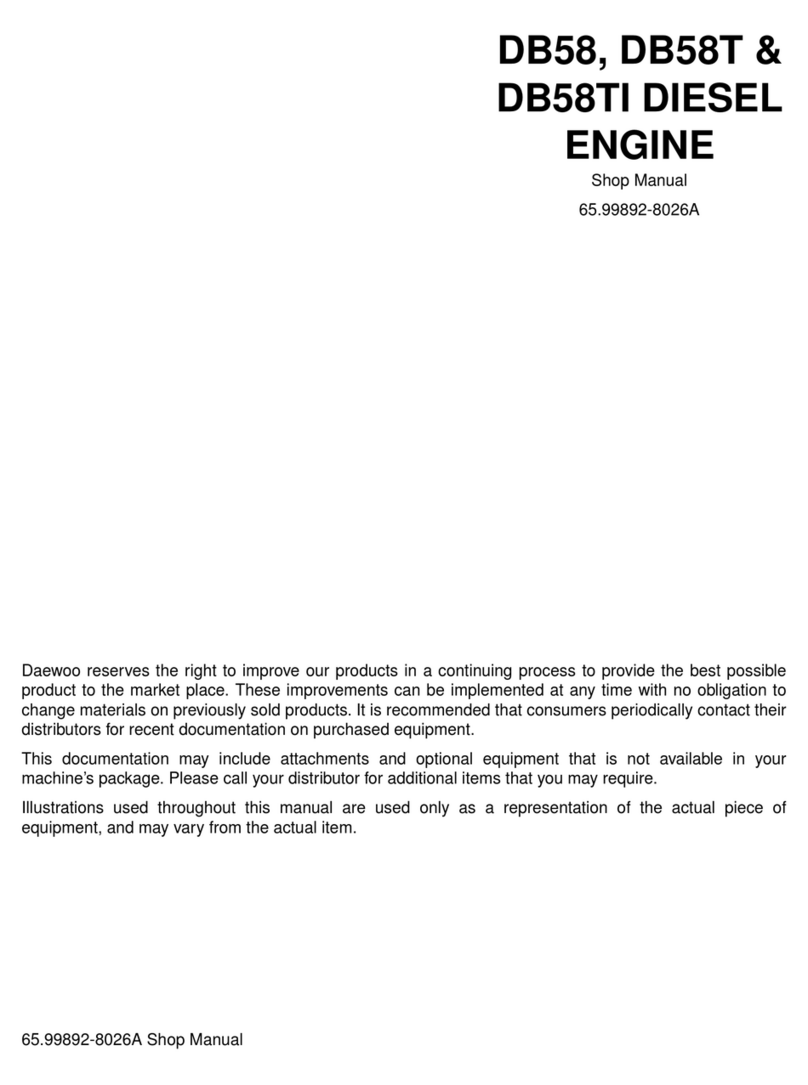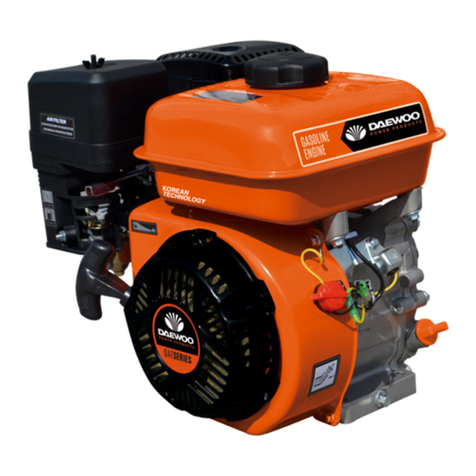G424 Service Manual Index
Index
GENERAL INFORMATION .......................................4
How to Read This Manual....................................4
Precaution Before Service....................................6
General.................................................................8
Tightening Torque.................................................9
Sealant................................................................12
SPECIFICATIONS...................................................13
General Specification..........................................13
Service Specification ..........................................14
MAINTENANCE ......................................................17
Test Fuel System for Leaks................................17
Check Engine Oil Level......................................17
Inspect Engine for Fluid Leaks...........................17
Change Engine Oil and Filter .............................17
Inspect Accessory Drive Belts............................18
Inspect Electrical System....................................18
Inspect Vacuum lines and fitting.........................18
Check Coolant Level...........................................18
Inspect Coolant Hoses........................................18
Inspect Ignition System.......................................18
Replace Spark Plug............................................18
Replace LP fuel filter element.............................19
Test Fuelock (electric).........................................19
Replace Gasoline Fuel filter ...............................20
Inspect Gasoline Carburetor...............................20
Inspect Pressure Regulator/Vaporizer................20
Inspect LP Mixer (Standard LP Truck)................20
Inspect Variable Venturi Air/Fuel Mxer
(Low Emission LP Truck)....................................20
Inspect Complete Exhaust System for
Leaks,damage ....................................................20
Engine Control Unit (ECU) and others
(Low Emission LP Truck)....................................20
Maintenance Schedule.......................................21
ENGINE SYSTEM ...................................................22
Engine Overview.................................................22
Timing System....................................................25
Silent Shaft Mechanism......................................26
Auto Lash Adjuster..............................................27
Intake and Exhaust System................................28
Electrical System................................................30
STARTING SYSTEM...............................................32
General Description............................................32
Start Relay Test ..................................................35
Start Motor..........................................................36
Operation.......................................................36
Removal and Installation...............................39
Disassembly and Reassembly......................42
CHARGING SYSTEM..............................................47
General Description............................................47
Alternator ............................................................47
IGNITION SYSTEM.................................................50
Breakerless Ignition System...............................50
Distributor............................................................51
Removal and Installation ....................................54
Distributor, disassembly and reassembly ...........56
GASOLINE FUEL SYSTEM....................................58
General Description............................................58
Geasoline Carburetor, Operation........................59
Removal and Installation ....................................64
Gasoline Carburetor
Disassembly and Reassembly............................66
LPG FUEL SYSTEM ...............................................73
General Description............................................73
Electric Fuelock Model..................................73
Converter.......................................................74
Fuel Tank.......................................................75
LP Relief Valve..............................................75
Carburetor.....................................................76
Tests or Adjustments...........................................77
Carburetor Adjustment ..................................77
Fuel System Leak Check..............................79
Recommendation for LP Fuel System..........80
LP Converter - Check, Clean........................81
Disassembly and Assembly................................82
LPG Carburetor.............................................82
LP Gas Fuelock.............................................84
LP Gas Converter..........................................85
LPG FUEL SYSTEM (LOW EMISSION VERSION)..87
General Description............................................87
LP Carburetor................................................89
Vacuum switch (MAP)...................................90
Vacuum switch ..............................................90
LP Converter.................................................91
Fuel Control Valve.........................................92
Fuelock Valve................................................92
Engine Control Unit (ECU)............................93
Oxygen Sensor..............................................94
Catalytic Muffler.............................................95
Tests or Adjustments...........................................96
LP Carburetor - Check, Clean.......................97
LP Converter-Check,Clean ...........................97
Inspection of Fuelock Valve ..........................97
Inspection of Fuel Control Valve ...................97
Inspection of Vacuum switch.........................97
Inspection of Vacuum switch (MAP)..............97
Inspection of Oxygen sensor.........................98
Disassembly and Assembly................................99
LPG Carburetor.............................................99
LP Gas Converter........................................101
2

